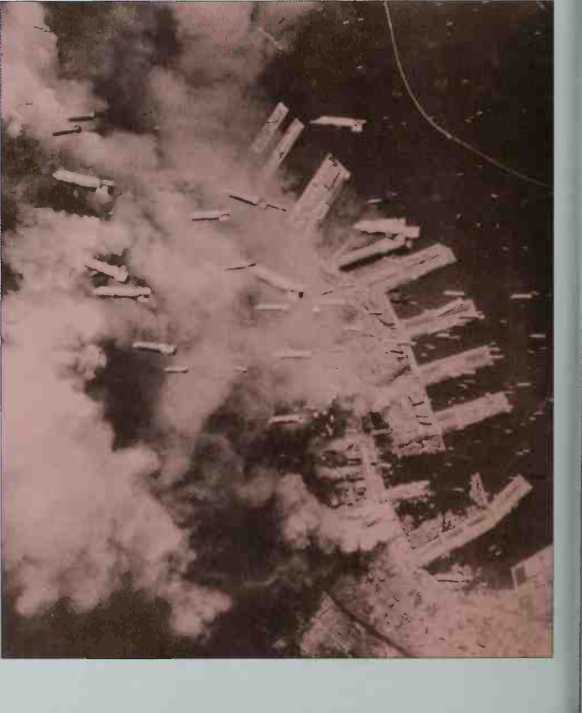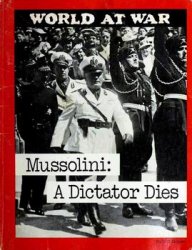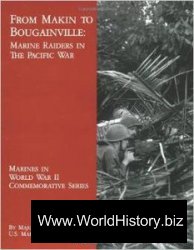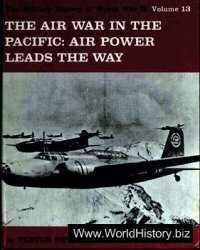160 tons of incendiaries on the centre of Kobe. A tenth of a square mile was burnt out and that included several factories.
The ploy was repeated on 25 February, this time against Tokyo. Now 172 B-29s dropped nearly 450 tons of incendiaries, devastating a square mile. An estimated 28,000 buildings were razed.
Right: Kobe, Japan's sixth-largest city, comes under attack with incendiaries dropped by US B-29s. Fires have already been sparked in the industrial areas.
Left: A B-25 heavy bomber takes off from the USS Hornet to deliver its load to Japan. The Doolittle Raid sparked Japanese reprisals in China.
Interrupted by the call for aid in Okinawa, LeMay had time to consider his options. The use of incendiaries had proved itself beyond question but the effect was far more widespread when the bombs were dropped from lower altitudes. It pointed to the need for night raids.
In advance, a single plane would pinpoint targets with marker bombs and the rest of the bombing party would follow at intervals of every couple of minutes.
On the night of 9 March 334 B-29s took off and showered a 12-square-mile industrial area of Tokyo with 1,700 tons of oil incendiaries. To add to the effect of the bombs, a fresh wind fanned the flames until it seemed the entire city was on fire.





 World History
World History









